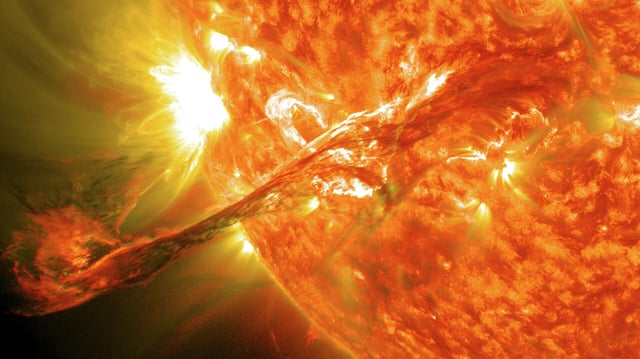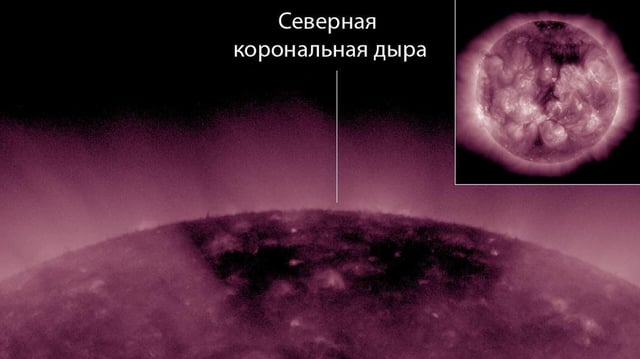Overview
- Russia’s Laboratory of Solar Astronomy reported an M1.5 flare from active region 4232, which sits on the Sun–Earth line, with a large coronal mass ejection directed toward Earth.
- Based on initial observations, the cloud could reach Earth in about 2.5 days, placing a tentative window in the afternoon of October 5 if the material continues outward.
- Scientists caution the ejecta must reach at least 600 km/s to detach and travel to Earth, with near-term coronagraph data expected to confirm its escape and refine timing.
- The F10.7 solar radio flux jumped to a monthly average of 201 in September, a sharp and unexpected rise that exceeds the peak of the prior cycle and complicates cycle interpretation.
- Geomagnetic activity has been elevated this week, with a reported Kp of 7.33 consistent with G3+ conditions that can disrupt power systems, high‑frequency radio, and navigation.



